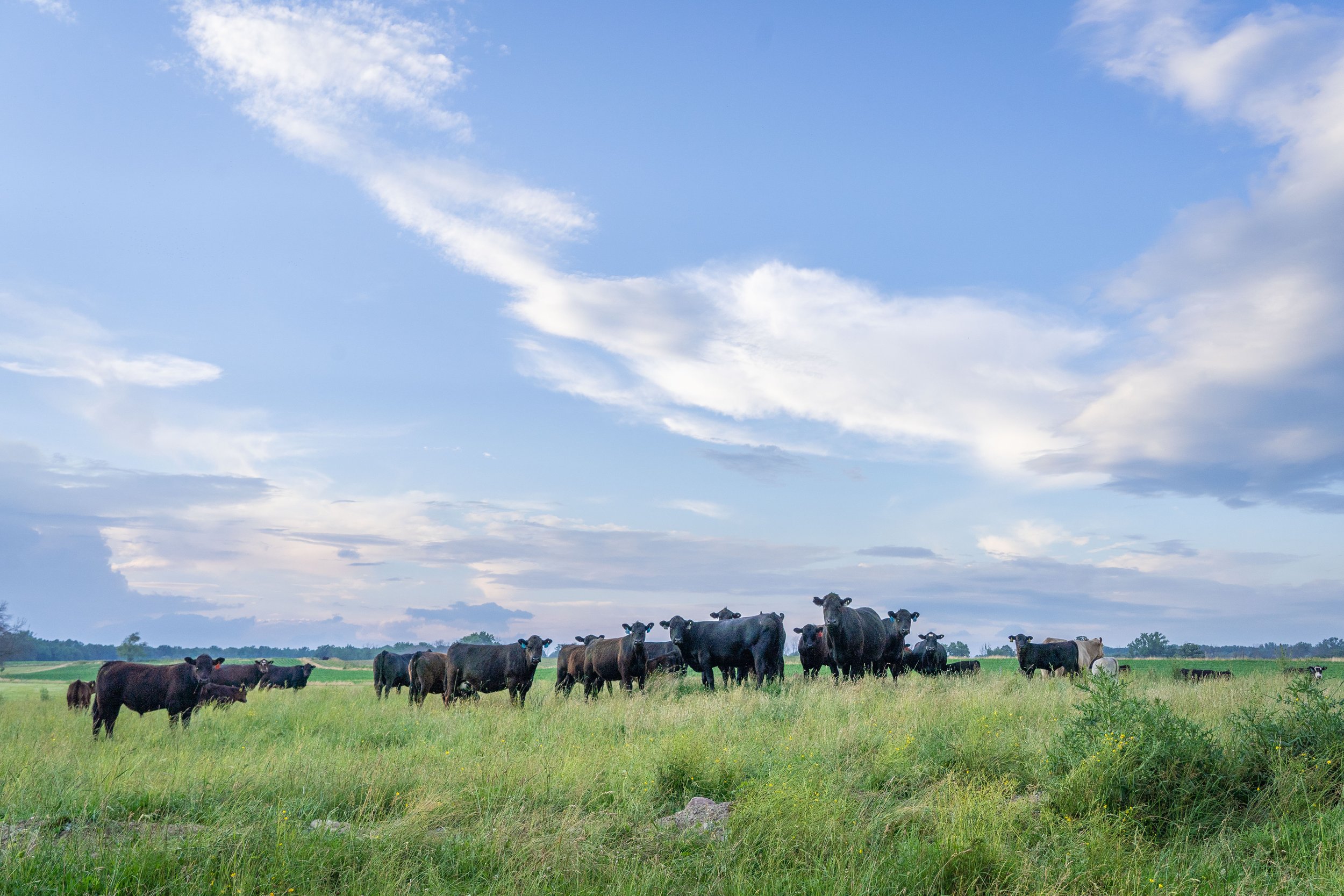Strategic Collaborations for Resilience: Bagley Risk Management
Comprehending Livestock Danger Defense (LRP) Insurance: A Comprehensive Overview
Browsing the world of livestock threat protection (LRP) insurance can be a complex undertaking for many in the agricultural sector. This sort of insurance offers a safety web versus market variations and unpredicted circumstances that can influence animals manufacturers. By understanding the complexities of LRP insurance, manufacturers can make educated choices that may guard their operations from economic threats. From how LRP insurance coverage operates to the various insurance coverage options available, there is much to reveal in this comprehensive guide that can possibly form the method livestock producers approach danger monitoring in their businesses.

How LRP Insurance Coverage Functions
Sometimes, understanding the auto mechanics of Animals Danger Protection (LRP) insurance coverage can be intricate, yet breaking down how it functions can provide clarity for herdsmans and farmers. LRP insurance coverage is a risk administration device made to protect animals manufacturers against unexpected price decreases. The plan allows producers to establish an insurance coverage degree based on their details requirements, picking the number of head, weight variety, and insurance coverage rate. As soon as the plan remains in area, if market rates fall below the coverage price, producers can file an insurance claim for the distinction. It is very important to note that LRP insurance policy is not an income warranty; instead, it concentrates solely on cost threat defense. The protection duration commonly ranges from 13 to 52 weeks, supplying adaptability for producers to pick a period that lines up with their production cycle. By using LRP insurance, farmers and breeders can reduce the economic risks linked with fluctuating market costs, making sure higher security in their operations.
Qualification and Insurance Coverage Options

When it comes to insurance coverage choices, LRP insurance coverage provides producers the versatility to choose the insurance coverage degree, protection duration, and recommendations that best fit their danger management requirements. By understanding the eligibility requirements and protection choices available, animals manufacturers can make enlightened choices to handle risk efficiently.
Advantages And Disadvantages of LRP Insurance
When evaluating Animals Danger Protection (LRP) insurance coverage, it is essential for animals producers to evaluate the advantages and negative aspects inherent in this risk management tool.

One of the key benefits of LRP insurance is its capability to offer security against a decline in animals costs. In addition, LRP insurance coverage uses a level of versatility, allowing producers to customize coverage levels and policy durations to match their specific demands.
Nevertheless, there are also some downsides to consider. One restriction of LRP insurance policy is that it does not protect against all sorts of dangers, such as condition outbreaks or natural catastrophes. Costs can in some cases be costly, particularly for producers with large livestock herds. It is vital for manufacturers to carefully analyze their private threat exposure and financial scenario to figure out if LRP insurance coverage is the right threat monitoring device for their procedure.
Understanding LRP Insurance Coverage Premiums

Tips for Taking Full Advantage Of LRP Benefits
Maximizing the advantages of Livestock Danger Security (LRP) insurance coverage calls for calculated planning and positive risk management - Bagley Risk Management. To maximize your LRP coverage, think about the following pointers:
Regularly Assess Market Problems: Stay informed concerning market patterns and price changes in the livestock industry. By keeping an eye on these variables, you can make enlightened decisions concerning when to acquire LRP protection to safeguard versus possible losses.
Establish Realistic Insurance Coverage Degrees: When picking insurance coverage levels, consider your manufacturing costs, market worth of animals, and prospective threats - Bagley Risk Management. Establishing sensible coverage levels makes certain that you are properly shielded without paying too much for unnecessary insurance
Expand Your Coverage: As opposed to counting entirely on LRP insurance, take into consideration diversifying your risk administration approaches. Combining LRP with other danger management devices such as futures contracts or choices can provide extensive insurance coverage against market unpredictabilities.
Testimonial and Readjust Insurance Coverage Routinely: As market problems change, periodically assess your LRP insurance coverage to guarantee it lines up with your present danger exposure. Changing insurance coverage levels and timing of purchases can assist optimize your threat defense method. By adhering to these ideas, discover this info here you can take full advantage of the advantages of LRP insurance and protect your animals operation versus unpredicted dangers.
Verdict
Finally, animals danger defense (LRP) insurance coverage is a beneficial device for farmers to manage the economic risks associated with their livestock procedures. By understanding how LRP functions, eligibility and coverage choices, along with the pros and cons of this insurance policy, farmers can make educated choices to shield their source of incomes. By carefully taking into consideration LRP costs and carrying out strategies to take full advantage of benefits, farmers can alleviate prospective losses and guarantee the sustainability of their procedures.
Livestock producers interested in getting Animals Threat Defense (LRP) insurance policy can check out a range of eligibility standards and coverage choices tailored to their specific livestock procedures.When it comes to protection options, LRP insurance uses producers the adaptability to pick the insurance coverage degree, protection duration, and recommendations that finest fit their danger administration needs.To understand the intricacies of Animals Risk Defense (LRP) insurance coverage completely, comprehending the aspects affecting LRP insurance costs anonymous is critical. LRP insurance coverage premiums are determined by various aspects, including the insurance coverage level picked, the anticipated rate of animals at the end of the protection period, the kind of animals being guaranteed, and the size of the coverage period.Evaluation and Adjust Protection Routinely: As market problems transform, occasionally evaluate your LRP insurance coverage to guarantee it aligns with your existing threat direct exposure.